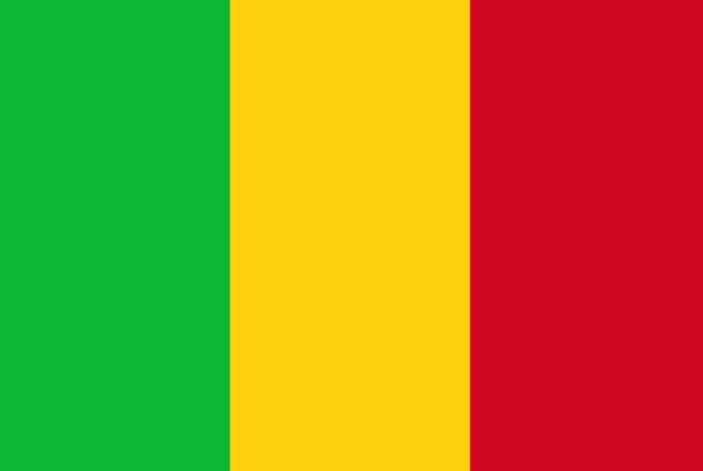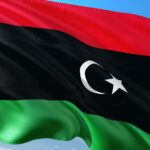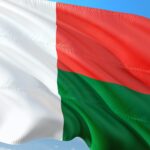Mali has had seven heads of state since gaining independence from France in 1960, excluding three acting presidents. Two leaders, Amadou Toumani Touré and Assimi Goïta, served in non-consecutive terms. The current leader, Assimi Goïta, became interim president on May 24, 2021, after removing Bah Ndaw in a coup.
Under Goïta, Mali adopted a new constitution in 2023, changing from a semi-presidential to a full presidential system. Now, the president is both head of state and government, with full control over government policies.
READ ALSO: Complete List Of Lesotho Prime Ministers From 1965 Till Date
Complete List Of Mali Presidents Since 1960 Till Date
No | Name | Took Office | Left Office | Political Party |
|---|---|---|---|---|
1 | Modibo Keïta | 20 June 1960 | 19 November 1968 (deposed) | US–RDA |
2 | Moussa Traoré | 19 November 1968 | 26 March 1991 (deposed) | Military / UDPM |
3 | Amadou Toumani Touré | 26 March 1991 | 8 June 1992 | Military |
4 | Alpha Oumar Konaré | 8 June 1992 | 8 June 2002 | ADEMA–PASJ |
5 | Ibrahim Boubacar Keïta | 4 September 2013 | 18 August 2020 (deposed) | RPM |
6 | Bah Ndaw | 25 September 2020 | 24 May 2021 (deposed) | Independent |
7 | Assimi Goïta | 24 May 2021 | Incumbent | Military |
Who Was Mali’s First President?
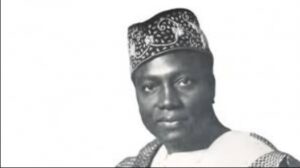
Mali’s first president was Modibo Keïta, born on June 4, 1915, in Bamako-Coura, which is now part of Mali. He was a prominent figure in the history of the country, led Mali to independence, and became the first president.
Keïta came from a family that traced its roots to Sundiata Keita, the founder of the powerful Mali Empire in the 13th century. He grew up in a French colony known as French Sudan and received his early education there.
Keïta later went to a prestigious school in Dakar, Senegal, where he trained to be a teacher. Keïta’s political career started when he joined the Union of French West African Teachers. This group fought for better wages and working conditions for teachers.
In the 1940s, he joined a communist study group and co-founded a magazine that opposed colonial rule. In 1946, Keïta joined the African Democratic Rally (RDA), a political party in French West Africa.
He soon became the mayor of Bamako and later served in both the territorial assembly and the French National Assembly, gaining influence in the region. The turning point for Keïta came when French Sudan became self-governing in 1958.
In 1959, the country formed the Mali Federation with Senegal, Upper Volta, and Dahomey, but this federation broke apart. On September 22, 1960, French Sudan declared independence and became the Republic of Mali, with Modibo Keïta as its first president.
When he was the president, Keïta pushed for a socialist agenda. He wanted to create a socialist state and establish close ties with communist countries, distancing Mali from Western influences.
His government strived to nationalize key industries and promote education and healthcare. However, the country faced many economic problems during his time in office.
Poor harvests and unhappy citizens led to unrest. Keïta’s “cultural revolution” in 1967, meant to reshape society, only caused more dissatisfaction.
In 1968, Keïta’s government was overthrown in a peaceful military coup led by Lieutenant Moussa Traoré. Keïta was imprisoned and later died on May 16, 1977, at the age of 61.
READ ALSO: Complete List Of Guinea-Bissau Presidents From 1973 Till Date
Who Is The Current President Of Mali?
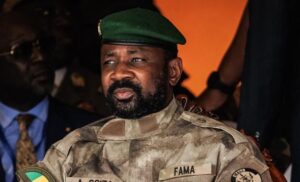
Assimi Goïta is the current President of Mali. He became president on May 25, 2021, after taking control of the country through a military coup. Goïta had already risen to power in 2020 when he led the military to remove President Ibrahim Boubacar Keïta from office.
After that, he became the head of the National Committee for the Salvation of the People (CNSP), the military group that took charge of the country. Goïta was born on October 22, 1980, in Bamako, the capital of Mali.
He comes from a military family, with his father being a military officer and director of the military police. This influenced him to join the military from a young age.
He attended a prestigious military school called Prytanee Militaire de Kati, where he trained to become an officer. After finishing his education, Goïta began his military career in 2002 and served in northern Mali.
He was an integral part of fighting against insurgents and organized crime, including during the Tuareg rebellion in 2012 and operations against Islamist groups.
Goïta’s political career took a turn in 2020 when large protests erupted against President Keïta’s government. The protests were mainly due to corruption and insecurity. On August 18, 2020, Goïta led a coup that forced Keïta to step down.
Following this, Goïta became the Vice President of a new civilian government, led by President Bah Ndaw. However, tensions grew between the military and civilian leaders, particularly over cabinet appointments.
This led Goïta to stage another coup in May 2021, arresting Ndaw and Prime Minister Moctar Ouane. Goïta then became interim president in June 2021.
Since taking office, Goïta has faced many challenges, such as fighting jihadist groups in northern Mali and managing the country’s political instability. His government has sought international support, including from Russia, to strengthen Mali’s military.
In 2023, Goïta introduced a new constitution, which gave him more power as president, but this move was criticized by opposition groups. Many worry it could limit democratic freedoms and give the military even more control.

